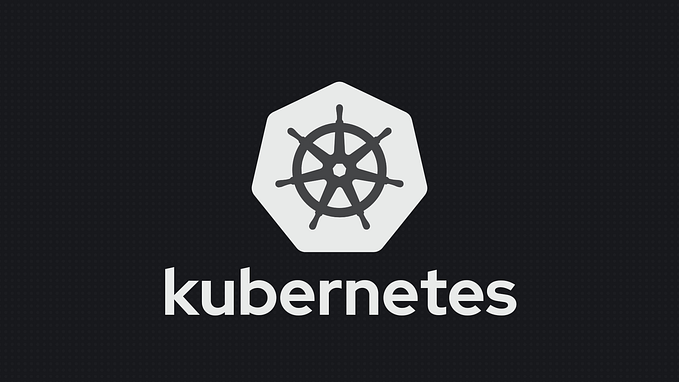
Deploying Kuma Service Mesh with Puppet Bolt
Kuma is a platform agnostic open-source control plane for service mesh and microservices management, with support for Kubernetes, VM, and bare metal environments. Kubernetes has quickly become the de facto platform on which new applications are being built to take advantage of the benefits that come with containerization. The challenge that many organizations are facing is integrating containerized workloads in Kubernetes with VM based workloads in a meaningful way. In this case Kuma service mesh can be used to provide the benefits of service mesh in a k8s/vm hybrid scenario.
In this blog post we’ll take a look at how to use Puppet Bolt to deploy the universal version of the Kuma service mesh control plane intended for virtual machines.
Initialize the Bolt project
Ensure that the latest version of Puppet Bolt is installed before getting started.
Puppet Bolt utilizes Project directories as launching points for running Bolt operations. Create a directory for our Puppet Bolt project name kumamesh.
mkdir kumameshChange the working directory to kumamesh directory
cd kumameshNow that we have a directory for hosting our Bolt project, we need to initialize the project.
bolt project initAdd the puppet-kuma module from the associated Github repository to the bolt-project.yaml file.
---
name: kumamesh
modules:
- git: https://github.com/martezr/puppet-kuma.git
ref: 'main'Install the module and its dependencies.
bolt module installCreate the Bolt plan
In order to utilize plans in Bolt, we need to create a directory named plans.
mkdir plansNow that we have our plans directory created we’ll use the Kuma service mesh module to install the Kuma service mesh control plane backed by a PostgreSQL database.
Create a file named controlplane.pp with the following content in the plans directory.
plan kumamesh::controlplane (
TargetSpec $targets
) {
apply_prep($targets)
apply($targets){ class { 'kuma':
version => '1.1.1',
} class { 'kuma::controlplane':
manage_postgres => true,
}
}
}
Now that we’ve created our plan we can ensure that it’s recognized by Bolt by running the following command.
bolt plan showIf the plan registers properly the output should include a kumamesh::controlplane entry.
Plans
aggregate::count
aggregate::targets
canary
facts
facts::external
facts::info
kumamesh::controlplane
puppet_agent::run
puppet_connect::test_input_data
puppetdb_fact
reboot
secure_env_vars
terraform::apply
terraform::destroyWith the plan registered we are now ready to run the plan by running the bolt plan run kumamesh::controlplane command. We’ve specified the target which is the node we want to install the control plane on. In this example we’ve used IP addresses but resolvable hostnames could have been used as well.
bolt plan run kumamesh::controlplane --target 10.0.0.111If the plan ran successfully it should have generated output similar to that displayed below.
Starting: plan kumamesh::controlplane
Starting: install puppet and gather facts on 10.0.0.111
Finished: install puppet and gather facts with 0 failures in 12.07 sec
Starting: apply catalog on 10.0.0.111
Finished: apply catalog with 0 failures in 53.15 sec
Finished: plan kumamesh::controlplane in 1 min, 6 sec
Plan completed successfully with no resultPlan completed successfully with no result
Once the plan has completed successfully we can now view the control plane GUI by browsing to http://controlplane_ip:5681/gui.










